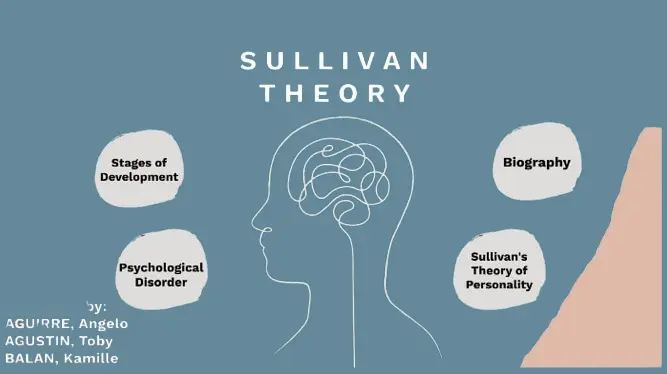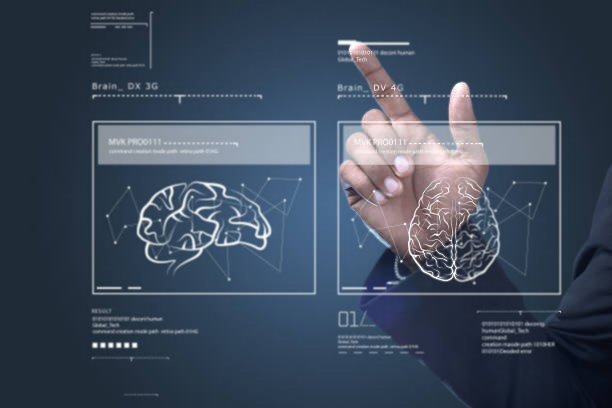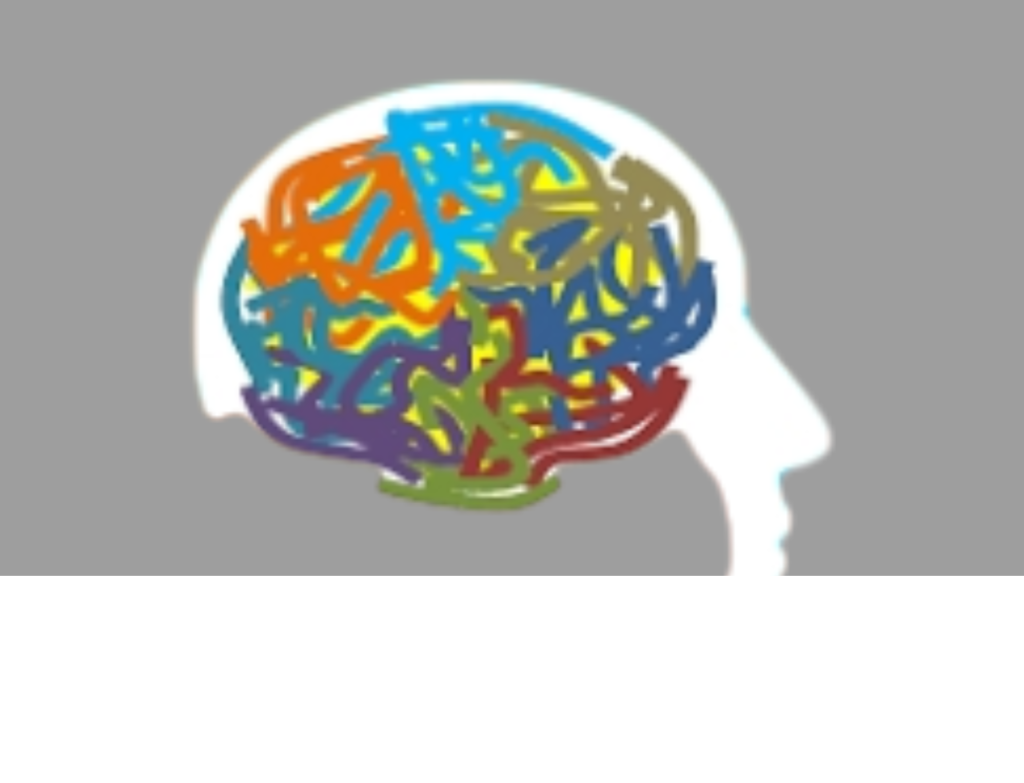Introduction
In today’s digital era, our lives are documented more than ever before. Social media platforms automatically store, resurface, and remind us of past events—whether we are ready for them or not. A smiling photo with an ex, a memory of a lost loved one, or a post from a difficult time can suddenly reappear on our feeds. While these reminders can sometimes feel comforting, they can also stir up sadness, anxiety, or regret. This phenomenon is now being referred to as Digital Haunting.
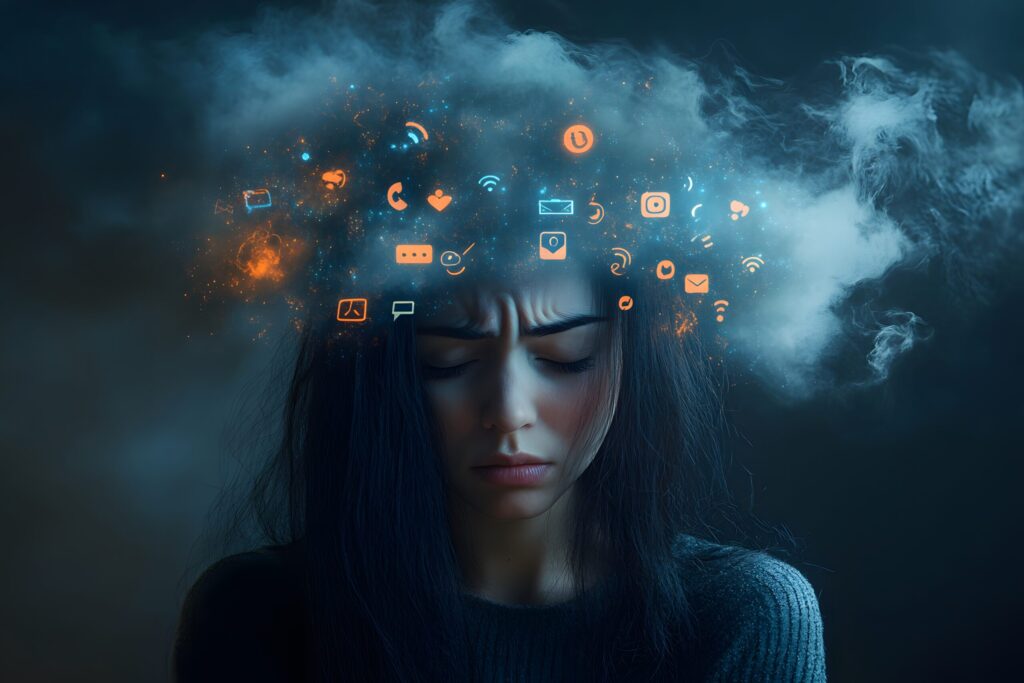
Digital Haunting is not an official mental health diagnosis but rather an emerging psychological concept that reflects how technology intersects with our emotions and memory. Much like eco-anxiety or financial anxiety, it highlights how modern life is giving rise to new emotional challenges. This article explores the meaning of digital haunting, its impact on mental health, and practical ways to cope with it.
What is Digital Haunting?
Digital Haunting refers to the emotional distress caused when old memories from digital platforms resurface unexpectedly. Social media apps like Facebook, Instagram, or even Google Photos often show “On This Day” reminders or highlight past events. These resurfacing memories can trigger powerful emotions, especially if they are connected to past trauma, grief, or broken relationships.
For some, these reminders feel nostalgic and heartwarming. But for many, they act like ghosts from the past—reopening emotional wounds and making it harder to move forward.
The Psychology Behind Digital Haunting
The human brain is wired to process memories through emotions. When a painful memory is revisited, the brain responds as if the event is happening all over again. Social media amplifies this by visually and emotionally transporting us back in time.
Psychologically, digital haunting taps into:
- Nostalgia: A bittersweet longing for the past.
- Unresolved grief: Memories of loved ones who have passed away.
- Trauma triggers: Recollections that revive distressing emotions.
- Emotional attachment: The struggle to let go of people or places tied to memories.
What makes digital haunting unique is that unlike natural memory recall, it is forced upon us by algorithms we do not control.
How Digital Haunting Affects Mental Health
Digital haunting can deeply influence emotional well-being. Its effects may include:
- Emotional Distress: Sudden sadness, crying, or irritability when confronted with old memories.
- Anxiety: Worrying about when the next painful memory might resurface.
- Depression: Feeling stuck in the past and unable to focus on the present.
- Relationship Struggles: Difficulties moving on after a breakup or loss when constant reminders appear.
- Self-Esteem Issues: Comparing current life with “happier” times in old photos or posts.
For individuals already coping with trauma, grief, or anxiety, digital haunting can intensify symptoms and slow down the healing process.
Is Digital Haunting a New Form of Anxiety?
While not clinically defined, many experts believe digital haunting resembles other forms of situational anxiety. Just like eco-anxiety (worry about climate change) or financial anxiety (stress over money), digital haunting reflects the emotional impact of modern living.
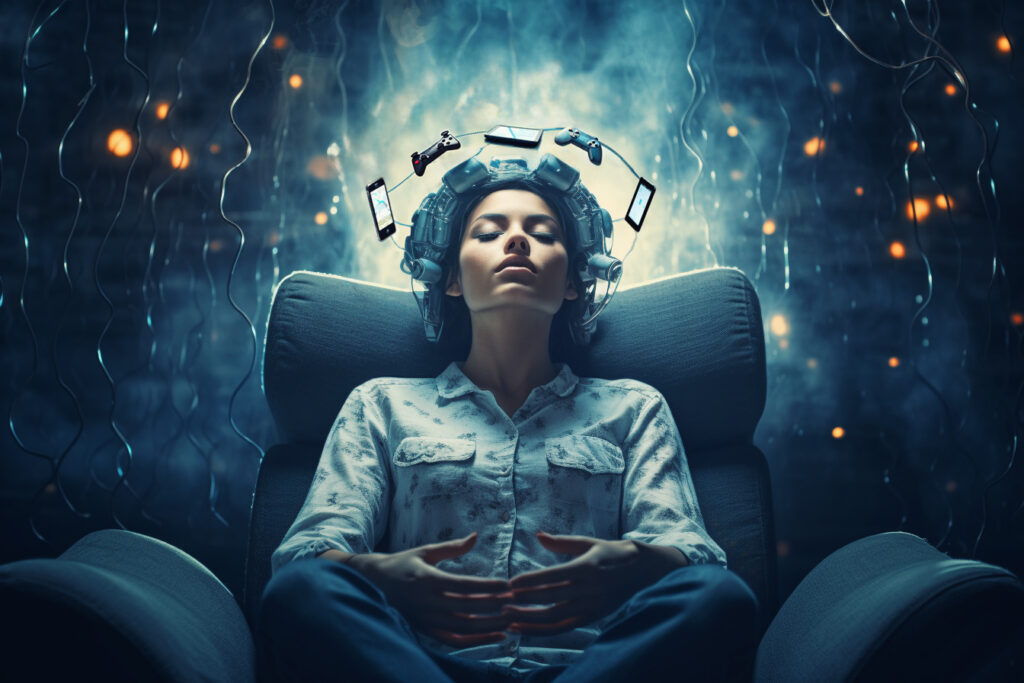
In essence, it’s a form of digital-age anxiety—anxiety caused not by external dangers but by the psychological effects of technology itself.
Symptoms and Signs of Digital Haunting
Some common signs that someone is experiencing digital haunting include:
- Feeling emotionally overwhelmed when social media “memories” appear.
- Reliving old breakups, trauma, or grief when exposed to photos or posts.
- Compulsively checking old chats, posts, or pictures.
- Difficulty moving forward in relationships or personal growth.
- Avoiding apps out of fear of resurfacing painful memories.
Recognizing these symptoms is the first step toward addressing digital haunting.
Why is Digital Haunting So Common Today?
There are several reasons why digital haunting has become so widespread:
- Algorithms and Memory Features: Social media platforms are designed to re-engage users by showing past posts.
- Increased Digital Footprints: Unlike previous generations, people today leave behind detailed online archives of their lives.
- Culture of Oversharing: Personal milestones, relationships, and even struggles are documented online, making them permanent.
- Constant Connectivity: Smartphones ensure we are never truly disconnected from the digital past.
Together, these factors create an environment where memories are always just one notification away.
How to Manage Digital Haunting
While digital haunting cannot be completely avoided, there are practical steps to manage it:
- Adjust Social Media Settings: Turn off “On This Day” reminders or memory notifications.
- Curate Your Digital Space: Delete old photos, chats, or posts that cause distress.
- Practice Mindfulness: Ground yourself in the present when old memories resurface.
- Digital Detox: Take breaks from social media to regain control over emotional well-being.
- Set Boundaries: Limit the time spent scrolling through old memories.
Treatment and Support for Digital Haunting
For those struggling deeply, treatment options can help:
- Therapy: Cognitive Behavioral Therapy (CBT) can help reframe negative thought patterns. Trauma-informed therapy is useful for those with unresolved pain.
- Grief Counseling: For those mourning lost loved ones, counseling can provide support.
- Journaling: Writing about resurfacing emotions can aid healing.
- Support Groups: Online or in-person groups can help normalize the experience.
- Professional Mental Health Care: Seeking therapy or psychiatric support if digital haunting triggers severe depression or anxiety.
The Future of Mental Health in the Digital Era
As technology evolves, mental health will increasingly intersect with digital life. Digital haunting highlights the need for awareness about the emotional effects of algorithms and online platforms. Mental health professionals may soon begin to study and formally recognize this phenomenon, offering better resources for coping.
The future requires a balance: embracing the benefits of technology while protecting emotional well-being from its unintended consequences.
Conclusion
Digital haunting is a powerful reminder of how deeply technology is tied to human emotions. What might appear as a harmless memory notification can, in reality, reopen wounds, trigger anxiety, and disrupt healing. By acknowledging its impact, setting digital boundaries, and seeking support when needed, people can learn to manage digital haunting in healthier ways.
Ultimately, while the past will always live online, our strength lies in building resilience, focusing on the present, and shaping a hopeful future.

